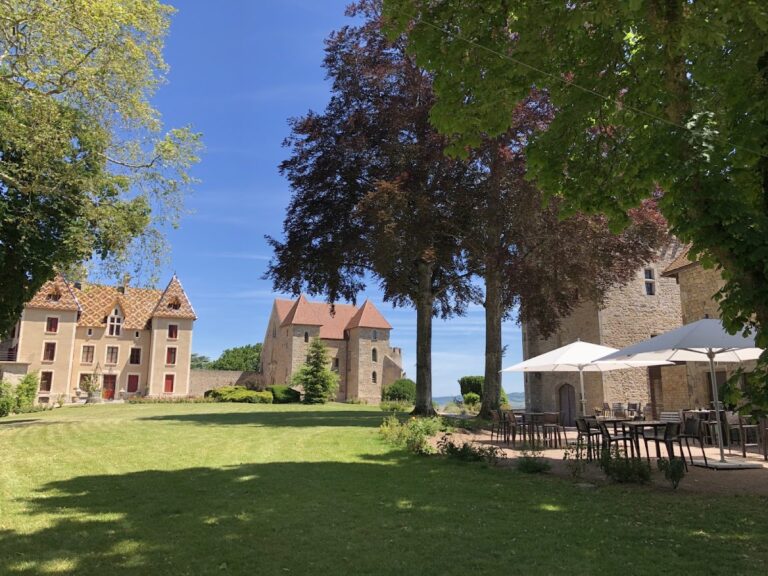Château de Rully: A Historic Medieval Castle in Burgundy, France
Visitor Information
Google Rating: 4.1
Popularity: Low
Google Maps: View on Google Maps
Official Website: www.chateauderully.com
Country: France
Civilization: Medieval European
Remains: Military
History
The Château de Rully is located in the commune of Rully, within the Saône-et-Loire department of eastern France. Positioned on a hillside, it overlooks the surrounding plains and the Saône River. The castle is first recorded in the year 851, indicating its early medieval origins within the Frankish realm.
By 920, the castle and its lands were part of the holdings of the House of Vergy, a powerful noble family in Burgundy. In 1194, the castle belonged to Hugues de Rully, who is credited with constructing the square keep, or donjon, marking a significant phase of fortification and residence.
In the 14th century, the Rully family line ended without a male heir. The castle passed through marriage to the Saint-Léger family when Isabelle de Rully wed Robert de Saint-Léger, a knight who had returned from the Crusades. This transfer brought new stewardship and led to further development.
During the 15th century, the Saint-Léger family enhanced the castle’s habitability by adding interior buildings and making improvements to the living quarters. These changes reflected a shift from purely defensive purposes to more comfortable residential use.
In 1619, ownership passed to the Montessus family through inheritance. Descendants of this family, including Raoul d’Aviau de Ternay, continue to hold the property. During the French Revolution, the marquise of Montessus was briefly imprisoned in Chalon, with local records noting her support for the oppressed, indicating the family’s involvement in the social upheavals of the time.
The castle was officially recognized as a historic monument on 22 February 1960. It is part of the “Route des châteaux en Bourgogne du Sud,” a collection of castles in southern Burgundy. In 1991, the Château de Rully received a national award from the Vieilles Maisons Françaises association, acknowledging its preservation and historical importance.
Remains
The Château de Rully features a medieval layout centered around a square keep built in the late 12th century. By the end of the 14th century, the castle included three round towers at the corners and one additional flanking tower. These were connected by crenelated curtain walls topped with a covered round walk, known as a chemin de ronde, allowing defenders to patrol the walls.
A broad and deep moat surrounded the base of the castle, crossed originally by a single drawbridge. The location of this drawbridge remains visible on the southern face of the structure. The moat provided a defensive barrier against attackers.
In the 15th century, the Saint-Léger family added buildings on the east, north, and west sides of the interior courtyard. These structures featured oak timber framing that supported the corbelled round walk, which was covered with flat Burgundian tiles. The use of timber framing was both functional and decorative.
The ground floors of the towers contain vaulted rooms, while the upper bedrooms and corridors have ceilings with exposed beams and joists, reflecting medieval construction techniques. These features remain preserved within the castle.
At the end of the 19th century, several modifications were made. The dry moat was filled in, the drawbridge and large courtyard doors were removed, and a neo-Gothic building with machicolations—openings through which defenders could drop objects on attackers—was added inside the courtyard at the foot of the keep.
Surrounding the large external courtyard are farm buildings with lava tile roofs. These buildings are remnants of the former lower courtyard and form an avenue of honor leading to the main gate, marking the approach to the castle.
The site also includes a dovecote equipped with a revolving ladder, a mechanism that allowed access to the nesting boxes. This dovecote could house approximately 2,400 pigeons, indicating the importance of pigeon keeping at the castle.
Today, the Château de Rully remains largely intact, with many original medieval features preserved. The castle stands as a well-maintained example of a fortified residence evolving through centuries of use.










